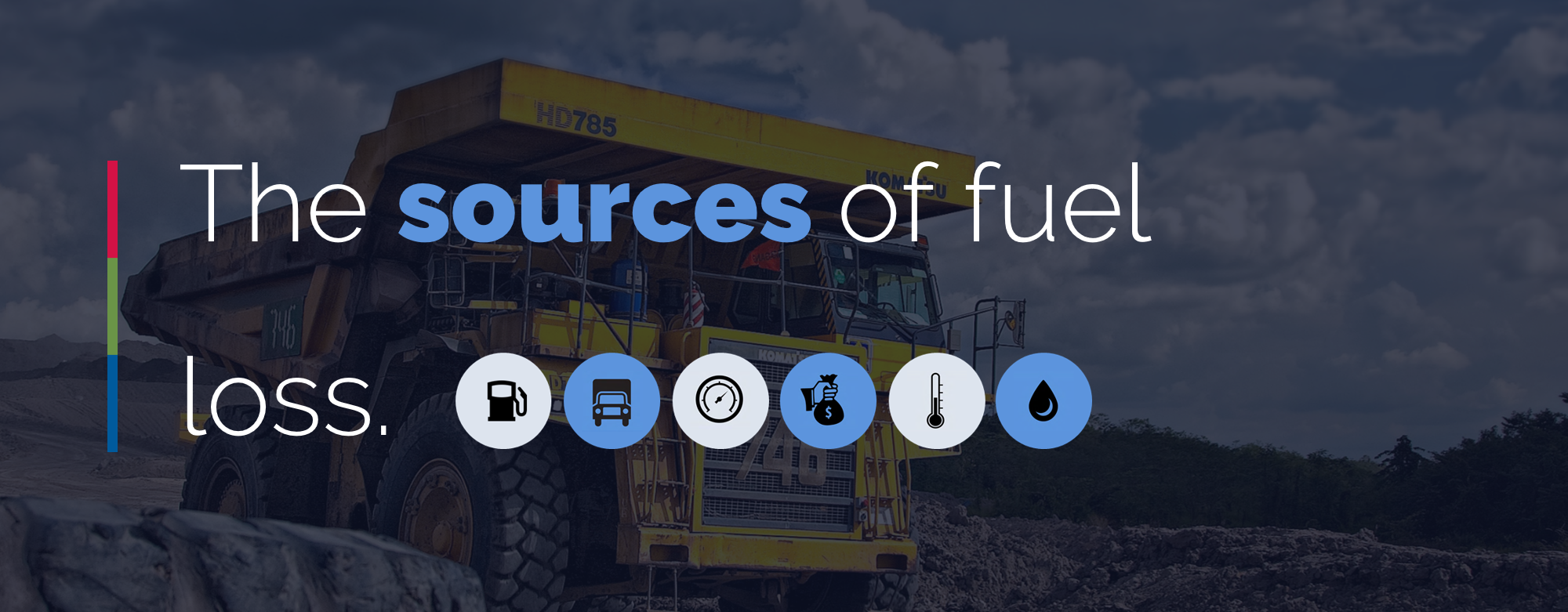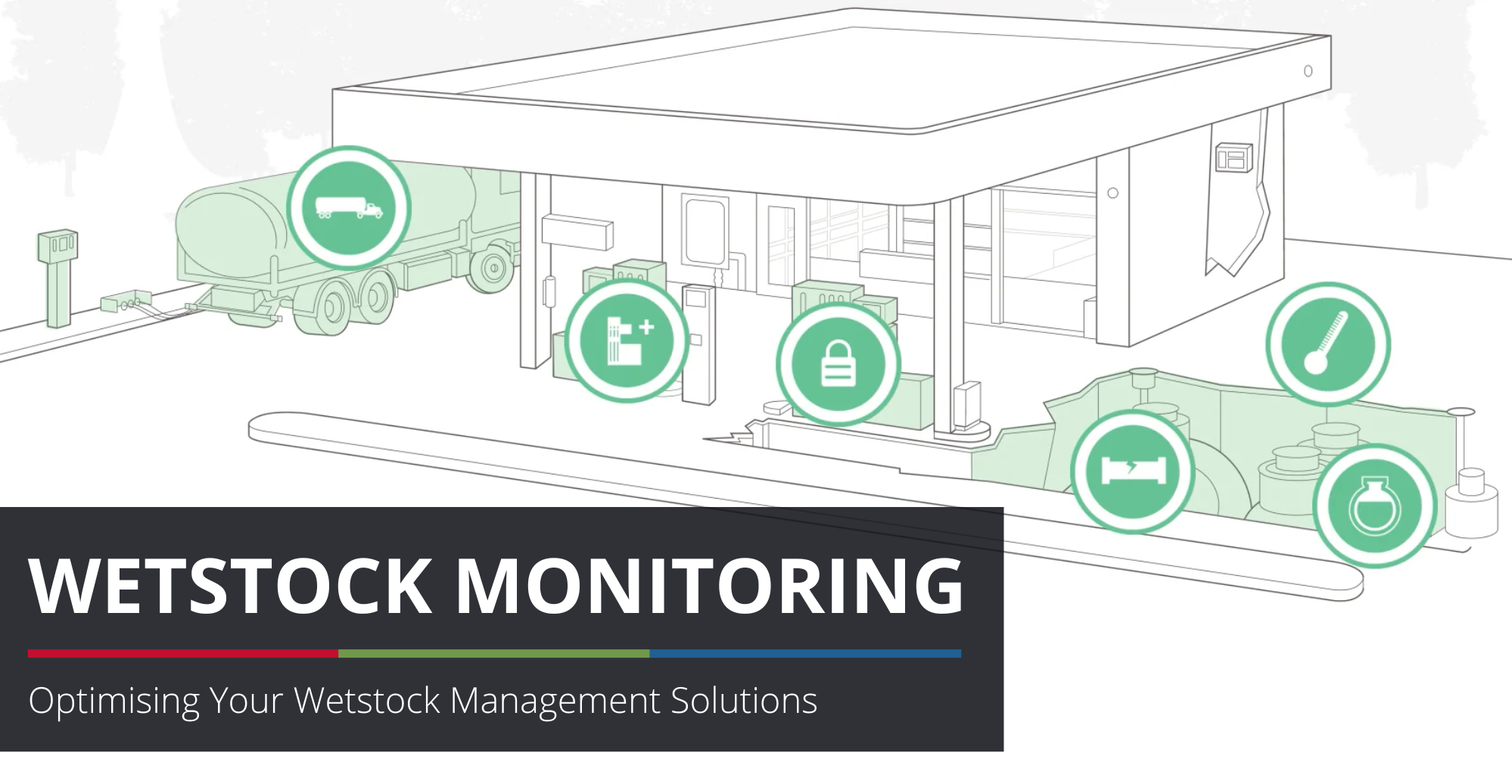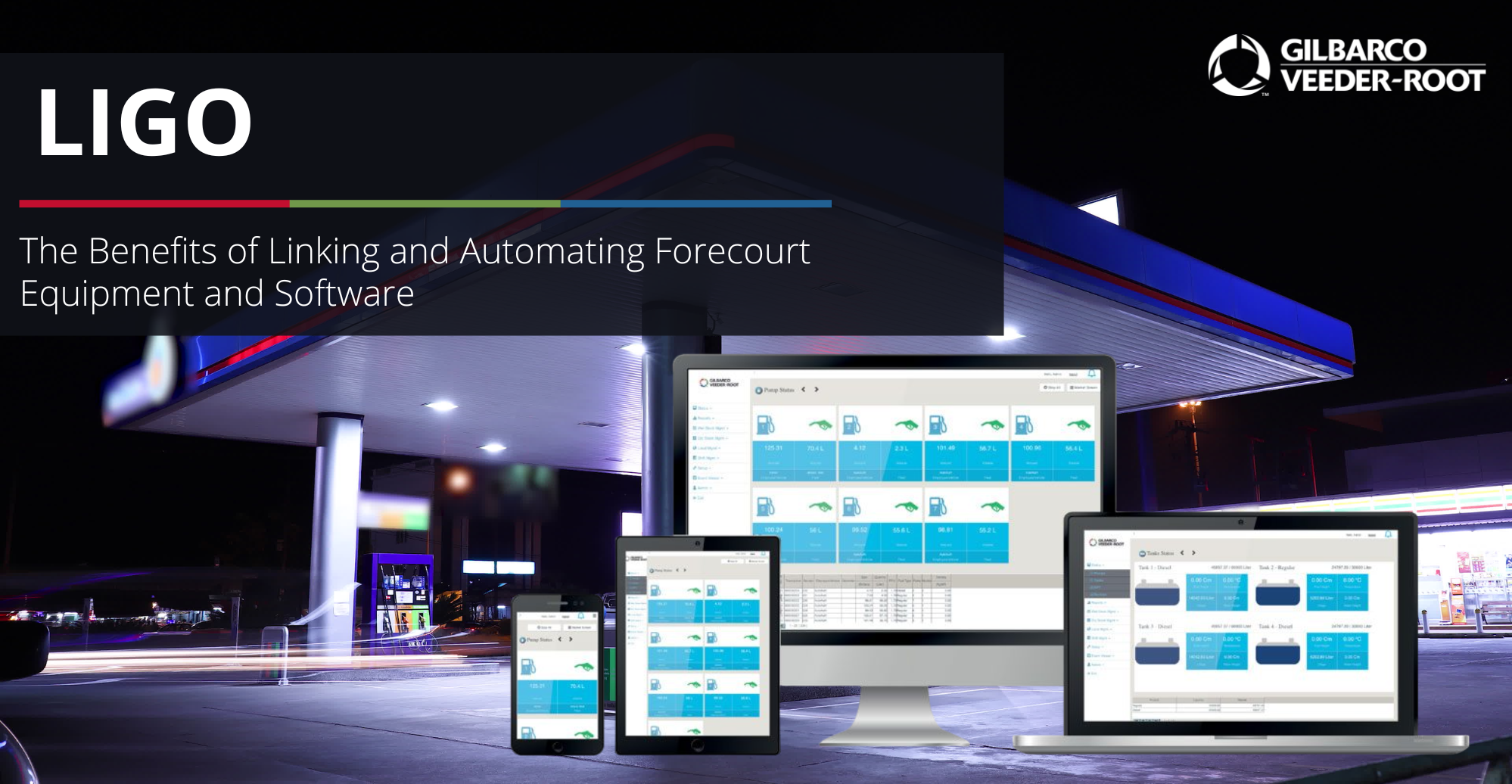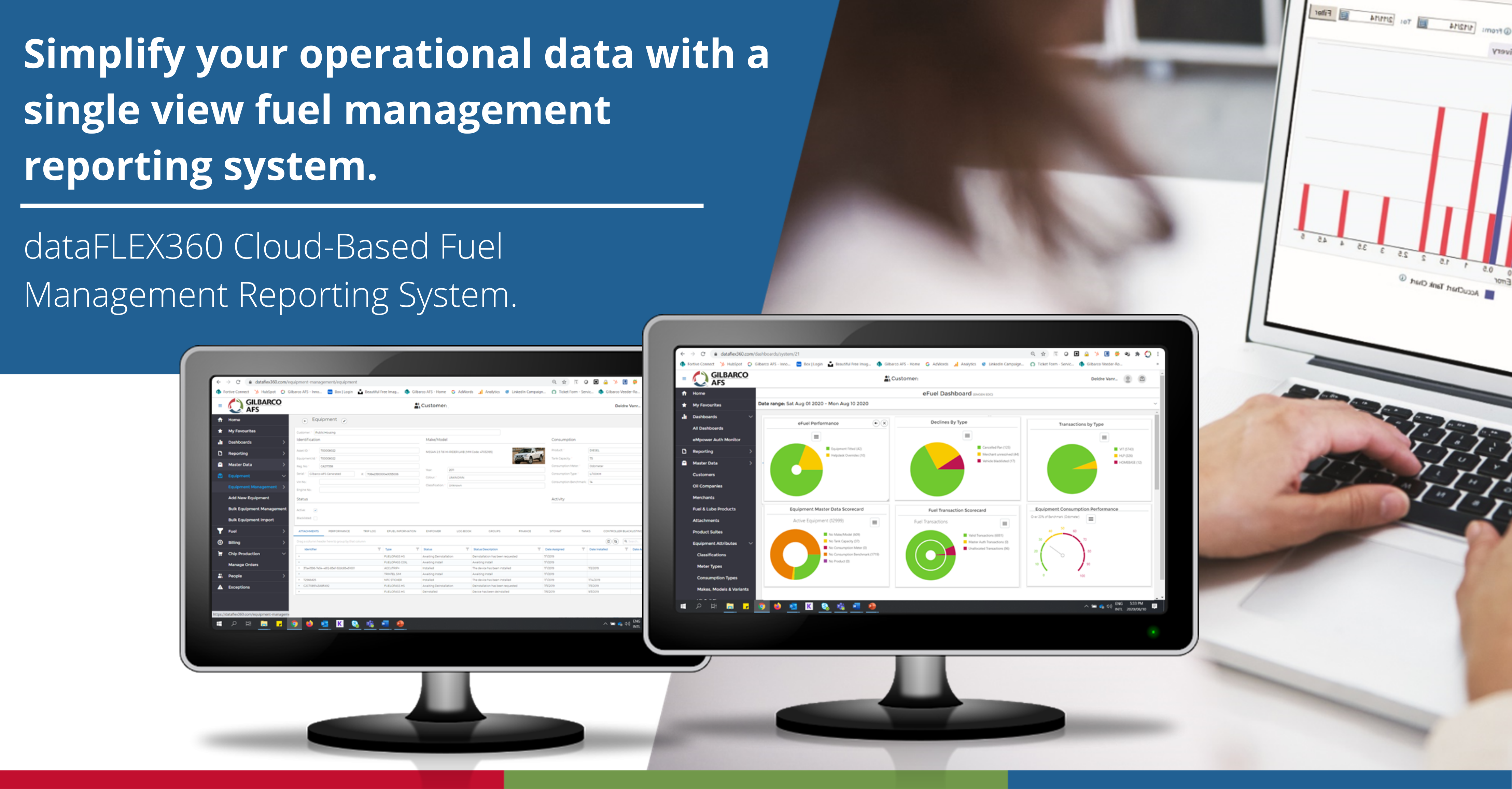Originally posted by Veeder-Root Oct 14, 2016
There are five primary sources of real fuel loss in commercial and industrial fueling operations, and without the right measures in place to identify and prevent them, your business could be losing money without you even knowing it. So, what are the five biggest sources of real, physical fuel loss?
1. Delivery and Dispensing Discrepancies
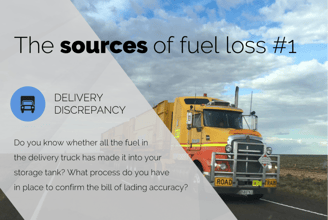
Do you know – without a doubt – whether all the fuel in the delivery truck has made it into your storage tank? What process do you have in place to confirm the bill of lading accuracy? Do you know into which asset your on-site fuel is dispensed and what process do you have in place to confirm it?
Deploying the right technology to protect your fuel assets and ensure that you are getting what you paid for is crucial for reducing fuel loss from delivery and dispensing discrepancies.
2. Meter Drift
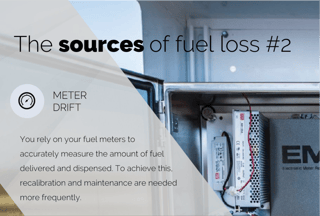 You rely on your fuel meters to accurately measure the amount of fuel delivered and dispensed, but normal wear and tear prevents these meters from performing accurately between calibrations. With the growing number of contaminants from today’s cleaner fuels, re-calibration and maintenance are needed more frequently, compromising the accuracy of your meters and likely giving you less fuel than what you have paid for.
You rely on your fuel meters to accurately measure the amount of fuel delivered and dispensed, but normal wear and tear prevents these meters from performing accurately between calibrations. With the growing number of contaminants from today’s cleaner fuels, re-calibration and maintenance are needed more frequently, compromising the accuracy of your meters and likely giving you less fuel than what you have paid for.
3. Theft
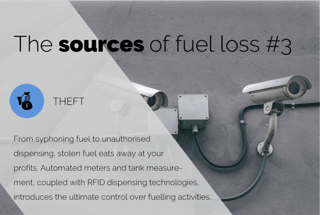 From siphoning fuel to unauthorised dispensing, missing fuel eats away at your profits. Criminals are very creative in finding ways to bypass mechanical and manual control measures that most companies implement.
From siphoning fuel to unauthorised dispensing, missing fuel eats away at your profits. Criminals are very creative in finding ways to bypass mechanical and manual control measures that most companies implement.
Automated meters and tank measurement, coupled with RFID dispensing technologies, introduces the ultimate control over site fueling activities, including delivery and dispensing. This in turn reduces fuel losses and abuse, improving efficiencies.
4. Evaporation/Temperature Loss
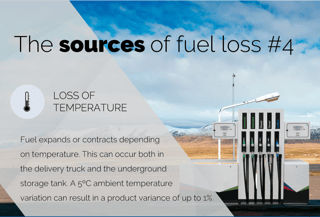 Fuel expands or contracts depending on temperature. This can occur both in the delivery truck and the underground storage tank. If it is cold outside, the fuel could contract in the truck before delivery occurs, causing a variance between the actual delivery and the bill of lading. Similarly, if the outside temperature is warmer than the temperature below ground, a fuel delivery may contract inside your tank, resulting in the appearance of loss without any delivery discrepancy.
Fuel expands or contracts depending on temperature. This can occur both in the delivery truck and the underground storage tank. If it is cold outside, the fuel could contract in the truck before delivery occurs, causing a variance between the actual delivery and the bill of lading. Similarly, if the outside temperature is warmer than the temperature below ground, a fuel delivery may contract inside your tank, resulting in the appearance of loss without any delivery discrepancy.
5. Storage Tank Leaks
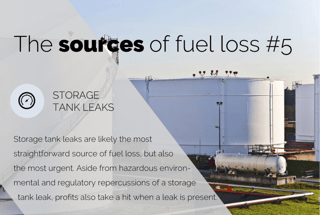 Storage tank leaks are likely the most straightforward source of fuel loss, but also the most urgent. Aside from hazardous environmental and regulatory repercussions of a storage tank leak, profits also take a hit when a leak is present. Fortunately, there are a variety of wetstock management solutions available to detect and prevent storage tank leaks.
Storage tank leaks are likely the most straightforward source of fuel loss, but also the most urgent. Aside from hazardous environmental and regulatory repercussions of a storage tank leak, profits also take a hit when a leak is present. Fortunately, there are a variety of wetstock management solutions available to detect and prevent storage tank leaks.
These types of physical loss present a tangible problem that you can see, both at your site and in your bottom line. Adjusted, or “measurement” loss, on the other hand, can be much trickier to pinpoint and resolve. To better understand the differences between these two types of fuel variance, read through the table below.

What is Fuel Variance?
A fuel variance is the difference between the amount of fuel available in a tank at any given time, according to recorded deliveries and sales, and the actual amount of fuel available in the tank. Fuel variances can be positive or negative.
There are two overarching sources of variance: physical fuel loss that happen during incidents within a fueling system, or adjusted losses due to poor or inaccurate data. Variances caused by physical fuel loss are a loss of inventory which can have a major impact on a retail fueler’s profitability, and depending on the exact cause could result in fines or notice of violation. Alternatively, variances caused by accounting errors can create additional liabilities and tax implications for a business, all while masking real fuel losses.
The importance of minimizing variance, identifying and minimizing all sources of variance within a fueling operation clarifies a company’s inventory, compliance, and financial status at any given time, drives down its liabilities, and eliminates waste.
Gilbarco Veeder-Root specialises in integrated fuel and fleet management solutions. Our custom solutions can help you detect and reduce fuel loss. Learn how we can maximise revenue for your business.

